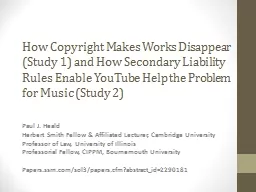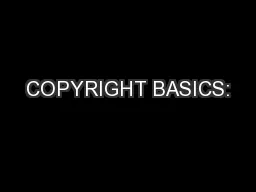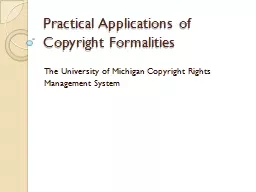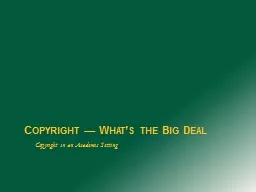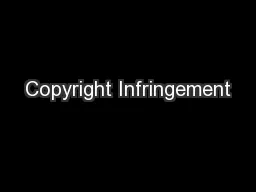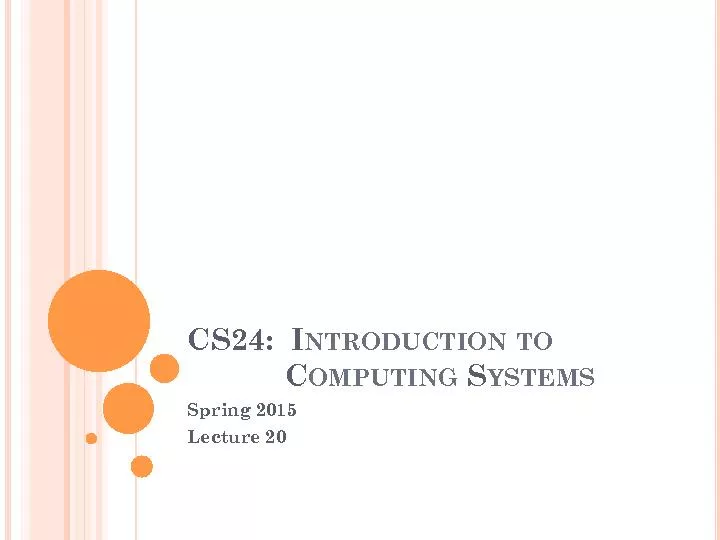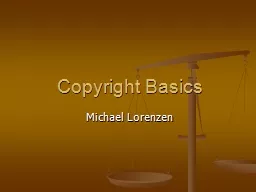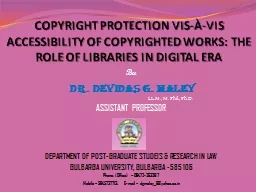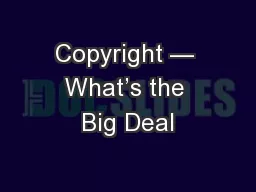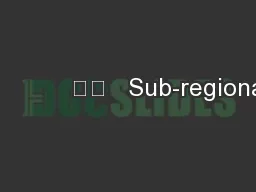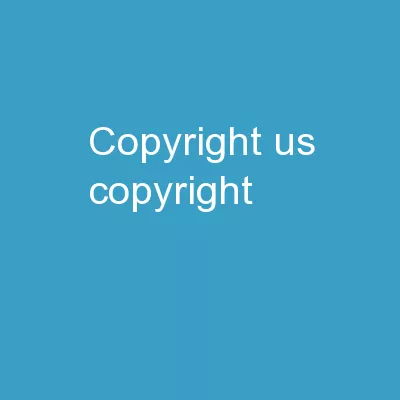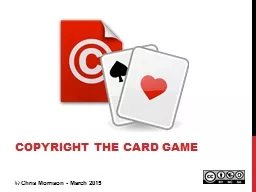PPT-How Copyright Makes Works Disappear (Study 1) and How Secon
Author : lois-ondreau | Published Date : 2017-09-24
Paul J Heald Herbert Smith Fellow amp Affiliated Lecturer Cambridge University Professor of Law University of Illinois Professorial Fellow CIPPM Bournemouth University
Presentation Embed Code
Download Presentation
Download Presentation The PPT/PDF document "How Copyright Makes Works Disappear (Stu..." is the property of its rightful owner. Permission is granted to download and print the materials on this website for personal, non-commercial use only, and to display it on your personal computer provided you do not modify the materials and that you retain all copyright notices contained in the materials. By downloading content from our website, you accept the terms of this agreement.
How Copyright Makes Works Disappear (Study 1) and How Secon: Transcript
Download Rules Of Document
"How Copyright Makes Works Disappear (Study 1) and How Secon"The content belongs to its owner. You may download and print it for personal use, without modification, and keep all copyright notices. By downloading, you agree to these terms.
Related Documents

